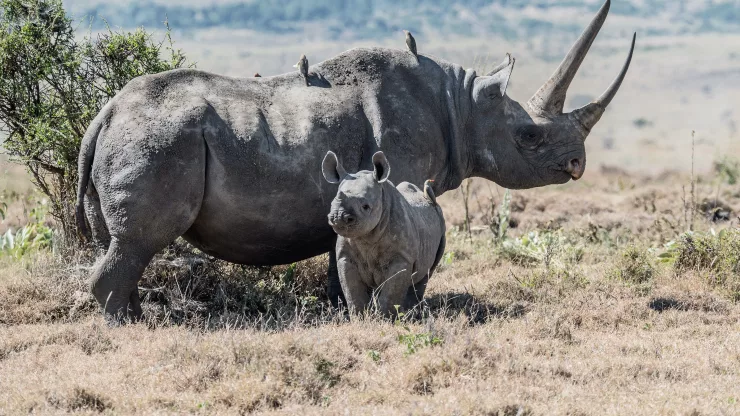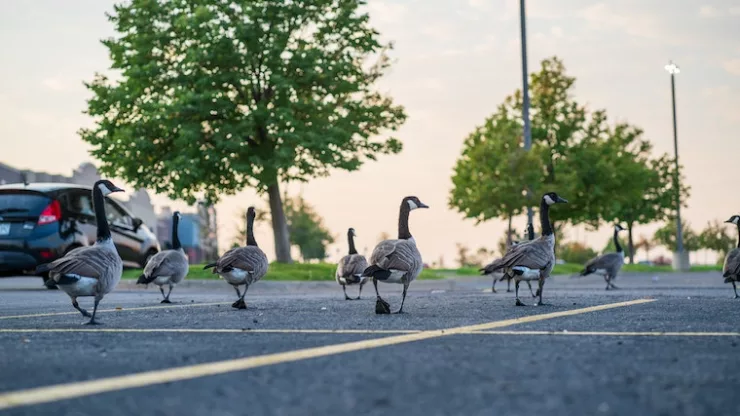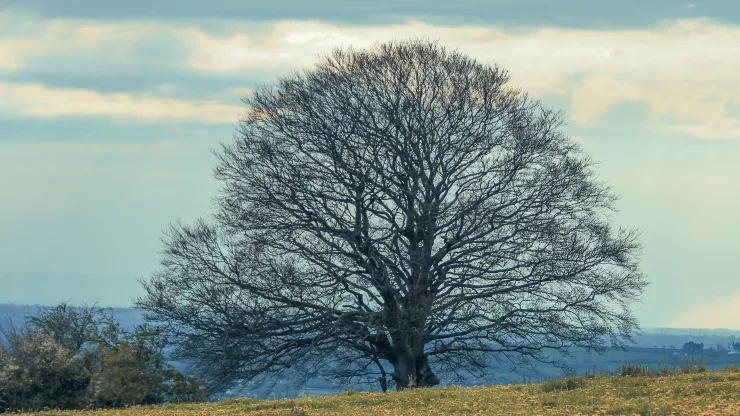New City Dwellers: How Specific Species Migrate into Urban Areas
As the world becomes increasingly urbanized, more and more species are moving into cities to make their homes.
While this may seem surprising, it’s actually a natural response to changing landscapes. Animals and plants are adapting to the new environments created by human development, and some are even thriving in the concrete jungle.
In this article, we’ll take a closer look at some of the species that are making the move to urban areas and how they are adapting to their new homes.
Jump to Section
The Adaptable: Birds thriving in the urban jungle
Birds are one of the most adaptable species on the planet, and many have found a way to thrive in urban areas.
Some of the most common urban birds include pigeons, sparrows, and crows.
These birds have adapted to the city environment by changing their behavior and diet.
For example, pigeons have learned to scavenge food from people and buildings, while crows have figured out how to use tools to get at food sources.
Some bird species have even been found to be more successful in urban areas than in their natural habitats.
For example, the house sparrow, which is native to Europe and Asia, has thrived in cities around the world and can now be found in nearly every urban area.
The Unexpected: Coyotes and other predators in the city
While birds may be expected to move into urban areas, predators like coyotes and foxes are less common.
However, these animals have also found ways to adapt to city life.
In fact, coyotes have been spotted in cities across North America, from Los Angeles to New York City.
They are able to survive in these environments by feeding on rodents, rabbits, and other small animals that are abundant in urban areas.
Other predators that have been found in urban areas include bobcats, raccoons, and even mountain lions.
While these animals may pose a threat to pets and sometimes even humans, they play an important role in controlling populations of other animals in the city.
The Surprising: How plants and insects are adapting to city life
It’s not just animals that are making the move to urban areas – plants and insects are also finding ways to adapt.
For example, some plants have adapted to the pollution in the city air by developing thicker leaves or producing more wax to protect themselves.
Insects like the Asian longhorned beetle and the emerald ash borer have also found ways to survive in urban environments by feeding on trees and other plants that are abundant in cities.
One of the most surprising examples of plant adaptation in urban areas is the growth of green roofs.
These roof gardens provide a habitat for plants and insects, while also helping to reduce the urban heat island effect and improve air quality.
FAQ
How are species able to adapt to city life?
Species are able to adapt to city life by changing their behavior and diet to take advantage of the resources available in urban areas.
Some species are also able to develop physical adaptations to deal with the challenges of city life, such as pollution and urban heat.
Why are species moving into cities?
As human development continues to encroach on natural habitats, many species are forced to find new places to live.
Urban areas can provide a habitat for these species, and some are even able to thrive in the new environment.
Are there any risks associated with species moving into cities?
While some species are able to coexist with humans in urban areas, others may pose a threat to pets and sometimes even humans.
It’s important to be aware of the risks associated with urban wildlife and take appropriate precautions to avoid conflict.
I’m a nature enthusiast and creator of Metro Wilds and have spent years exploring the great outdoors.
With a passion for environmental conservation and sustainability, I have dedicated my career to writing about the beauty and wonders of nature, as well as the threats facing our planet.
Contact me at [email protected] for assistance.





